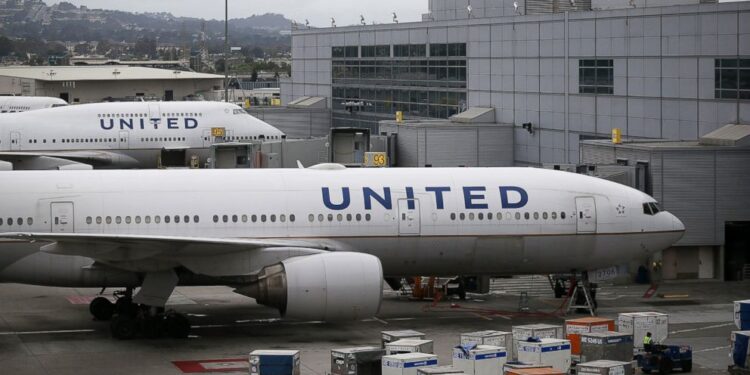Introduction
Air travel is considered one of the safest modes of transportation, but sometimes unexpected situations arise. Recently, United Airlines Flight UA770 made headlines after an emergency diversion during its scheduled journey. The incident raised questions but also highlighted the professionalism of the crew and the reliability of aviation safety protocols.
Overview of United Airlines Flight UA770
Flight UA770 is a United Airlines service information that typically operates between Los Angeles International Airport (LAX) and Chicago O’Hare International Airport (ORD). On this particular journey, what began as a routine flight quickly turned into an emergency situation that required swift and calculated action from the flight crew.
Route Details and Scheduled Destination
UA770 was scheduled to cover a distance of roughly 1,750 miles, connecting two major U.S. hubs. The flight took off on time, with favorable weather and all systems appearing normal during initial climb and cruise.
The Mid-Air Emergency
Approximately midway through the flight, passengers reported an unusual sound and a sudden shift in the cabin environment. According to early accounts, the aircraft experienced a technical issue, which may have involved an engine irregularity or pressurization alert — though the exact cause is still under investigation.
Pilot’s Immediate Response
The flight deck crew acted immediately, following strict emergency checklists. Their calm communication and training allowed them to assess the situation without causing panic. The captain decided to initiate an emergency diversion to ensure the safety of everyone on board.
Communication with Air Traffic Control
Communication between the cockpit and air traffic control (ATC) was prompt and professional. Pilots declared an emergency and coordinated with ATC to identify the nearest suitable airport for landing. Controllers cleared airspace and provided priority landing clearance to Flight UA770.
Emergency Diversion Decision
The aircraft was diverted to Denver International Airport (DEN), a common emergency landing site for cross-country routes due to its excellent facilities and long runways. The decision was made purely on safety grounds and executed flawlessly.
Landing Location and Reason for Diversion
Upon arrival at Denver, emergency crews were already on standby. The aircraft landed safely, with no injuries reported. While the specific technical cause remains under review, initial assessments suggested a precautionary diversion rather than a full-blown mechanical failure.
Passenger Reactions and Cabin Experience
Passengers described the experience as tense but well-handled. Cabin crew maintained clear communication, and despite some anxiety, there was no chaos on board. Many passengers later praised the professionalism and composure of both flight attendants and pilots.
Crew’s Professional Handling
The United Airlines crew demonstrated why aviation training is so thorough. From securing the cabin to keeping passengers calm, their actions reflected the highest standards of airline safety and customer care.
Medical and Safety Protocols Activated
Once on the ground, safety checks and medical evaluations were offered. No medical emergencies were reported, but the airline followed standard post-diversion procedures to ensure every passenger’s well-being.
Aftermath and Airline Statement
In a statement, United Airlines confirmed the diversion, emphasizing that the action was taken “out of an abundance of caution.” The airline also arranged alternative flights and accommodations for affected passengers while the aircraft underwent inspection.
Impact on Other Flights
While the diversion caused minimal disruption to air traffic, it did lead to a short delay in connecting flights for some passengers. However, the quick response prevented a potentially more serious situation.
Safety Records of United Airlines
United Airlines has long maintained a strong safety record, and incidents like this serve as reminders of the importance of vigilance and preparedness. The airline’s commitment to passenger safety remains unwavering.
Lessons from the Incident
The UA770 emergency diversion highlights how modern aviation protocols work effectively under pressure. From communication to technical response, the incident shows that safety always comes before schedule.
Conclusion
The emergency diversion of United Airlines Flight UA770 stands as a powerful example of professionalism in the aviation industry. Every member of the crew, from the cockpit to the cabin, acted with precision and care. While passengers faced a brief moment of uncertainty, the quick decision-making ensured a safe and calm outcome — the ultimate goal in any emergency.









































